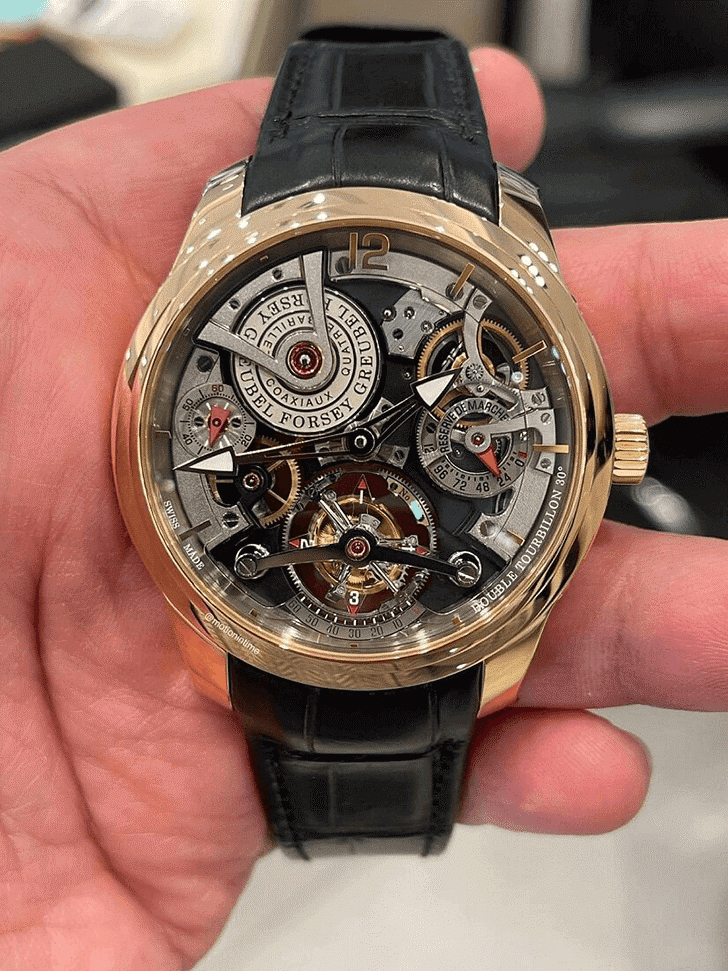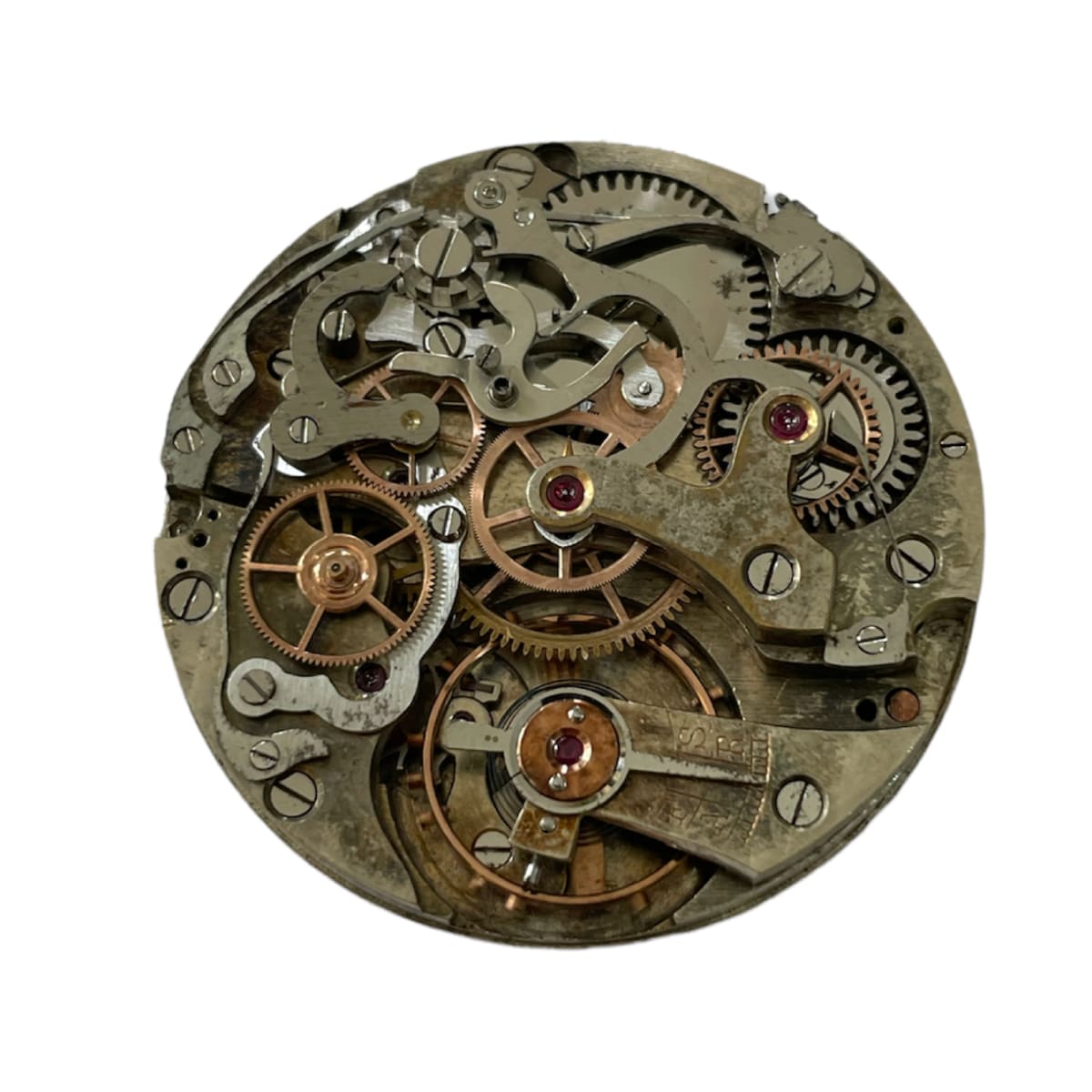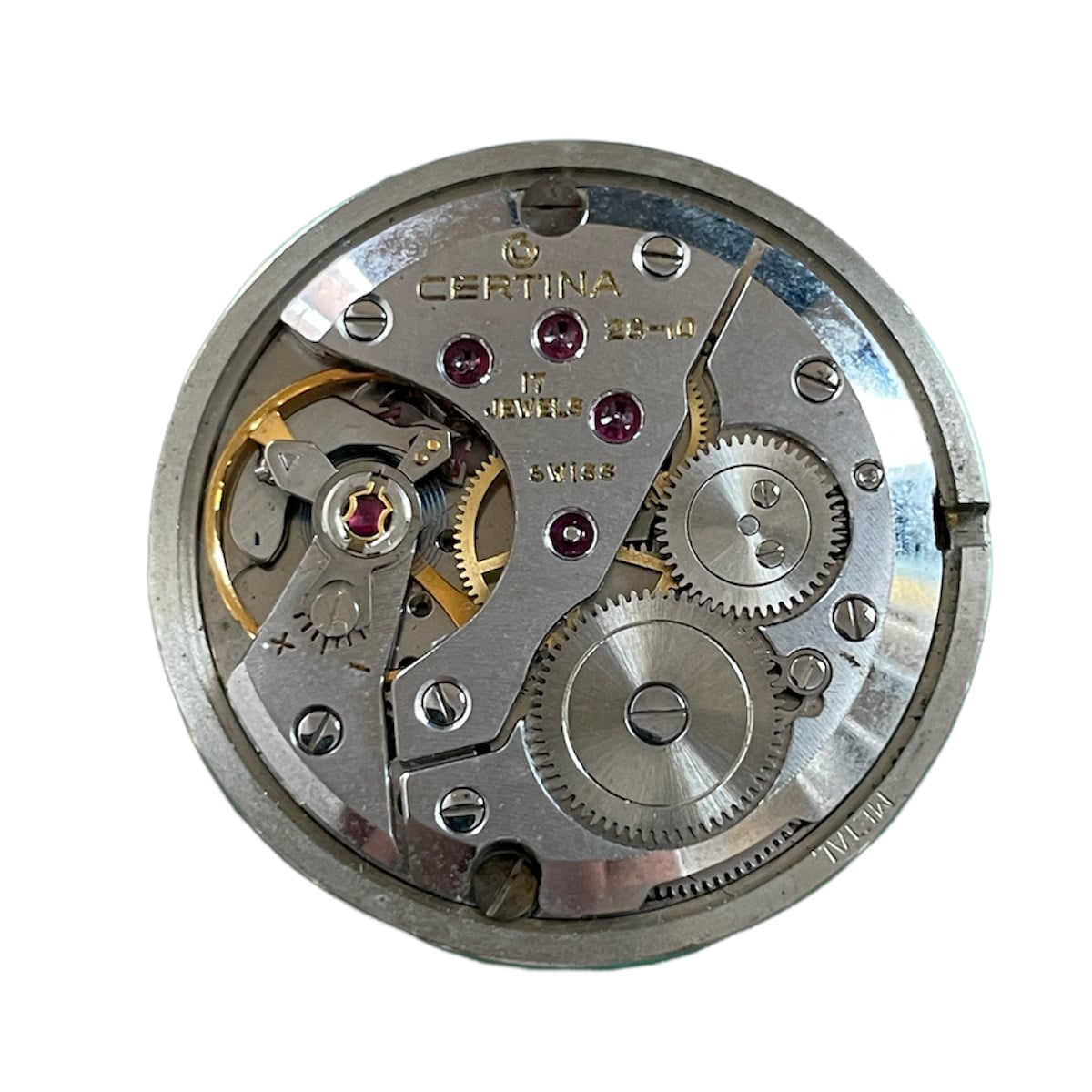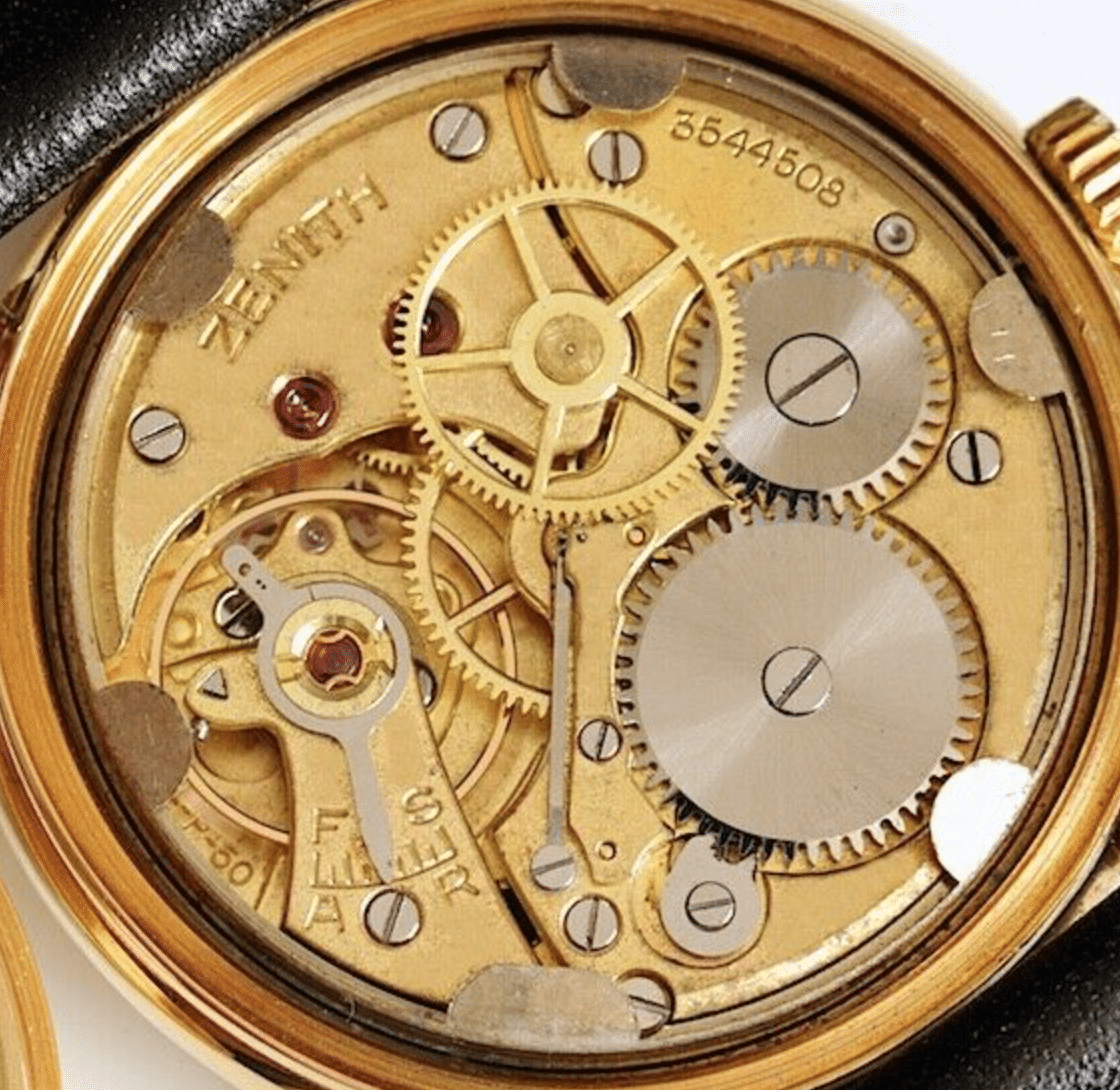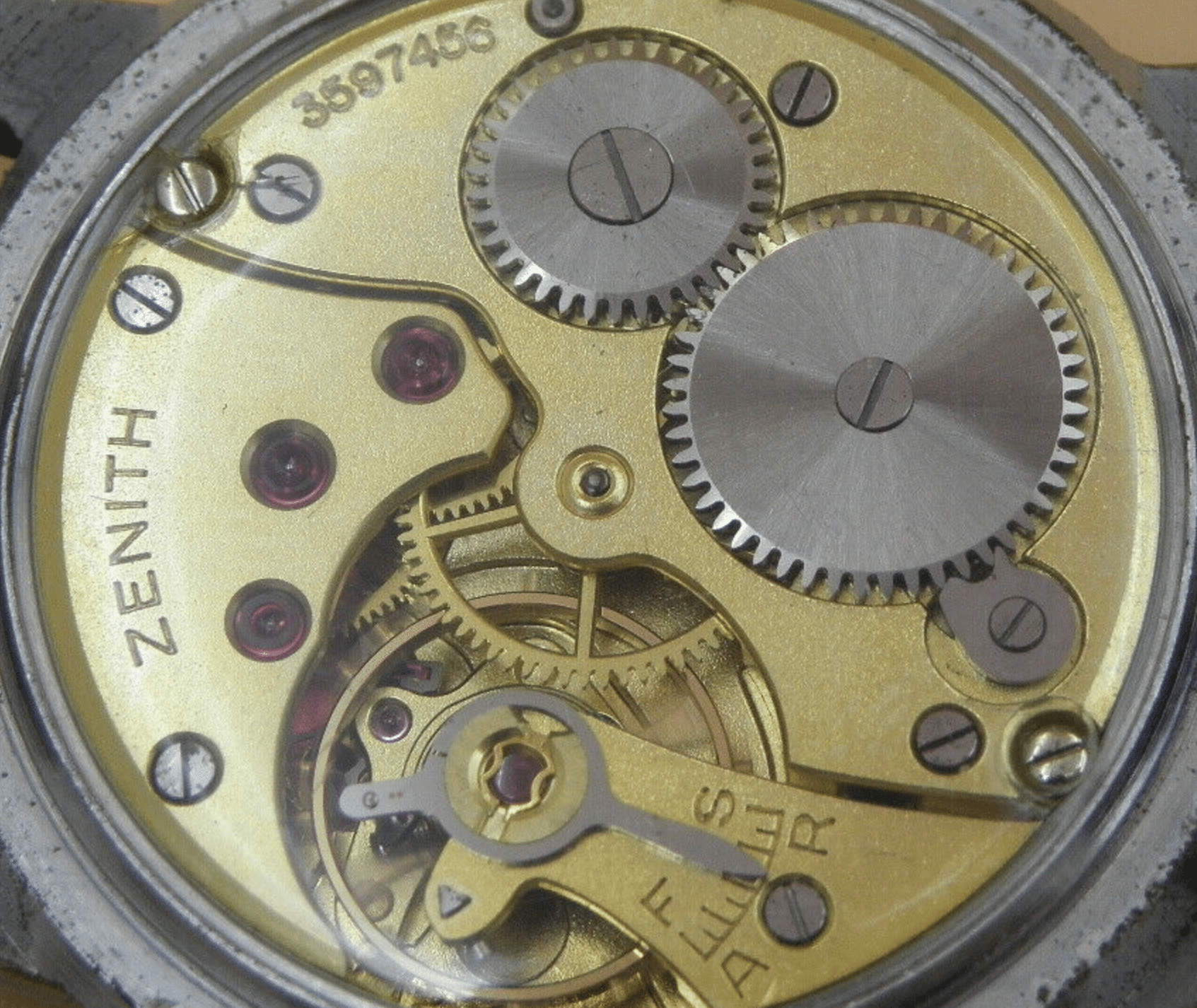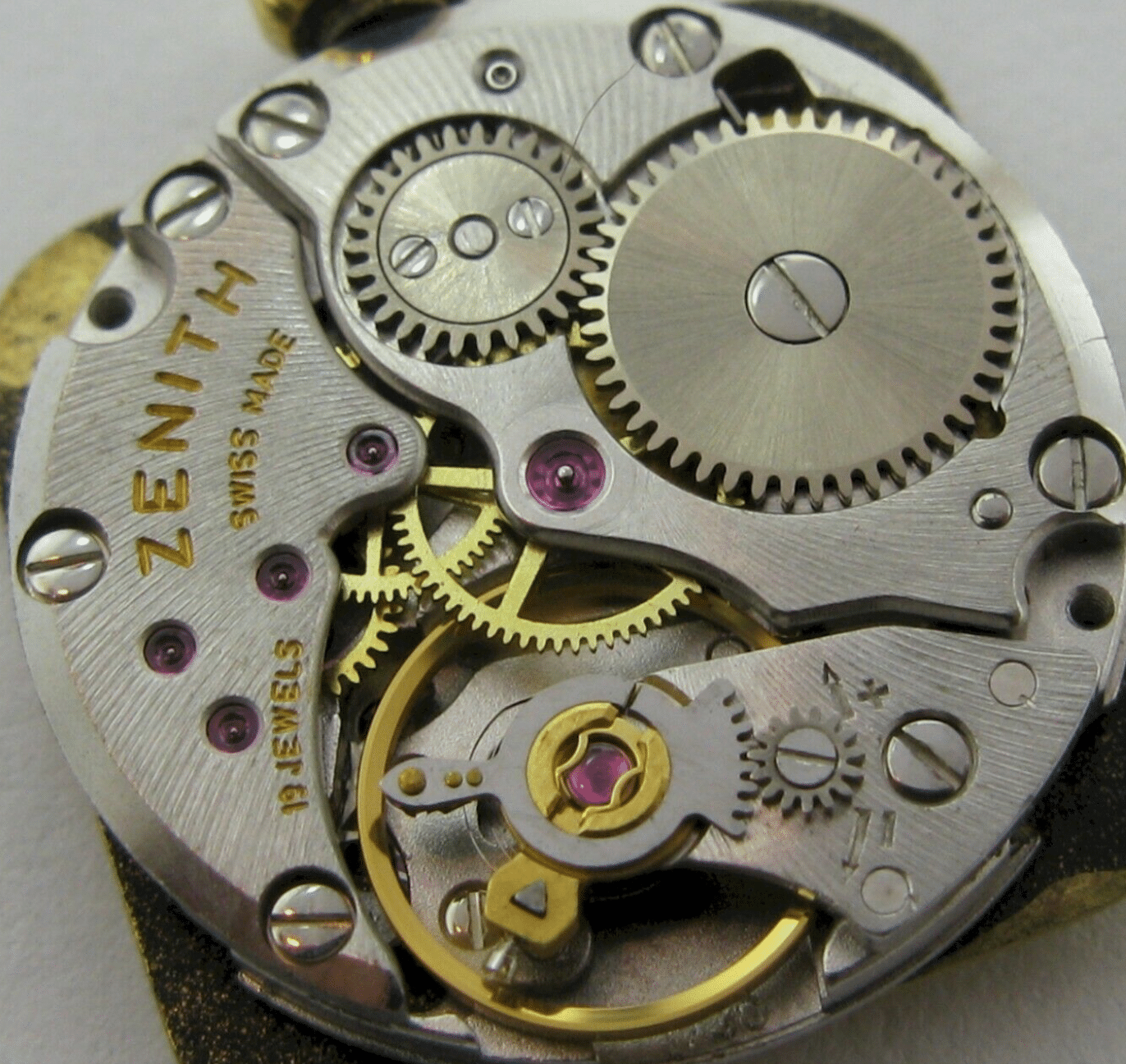A new creative spirit. At the end of the bicentenary year, Besson expressed a desire to retire and to sell Girard-Perregaux. Macaluso – who, as one of the directors, had actively helped to turn the company around, notably through his successful distribution operation in Italy – thus bought the watchmaker in 1992. Under his leadership, the firm pursued and refined its goals. A new thrust was given to the fine luxury watch sector as well as to research and innovation, while the design emphasis – personally handle by Macaluso – henceforth prevailed in all the lines. A veritable aesthetic revolution took place, in fact, reflecting a new approach and new creative spirit in the company. Macaluso was not only alien to the Jura tradition, he was not a conventional watchmaker at all. Constantly stimulated by his knowledge of art history and his sense of aesthetics, Macaluso’s curiosity and imagination were not limited to traditional Swiss watckmaking. Even while preserving the company’s know-how and reliability, he was able to rejuvenate the local manufacturer by instilling it with new, international appeal and glamour. The result was a series of wonderful, often highly sensual objects designed to be caressed as well as seen, thanks to all the special attention paid to shapes, materials, and surfaces.
First of all, however, a response to the success of the new triple gold-bridge tourbillon was required. Other models were therefore designed in the factory’s luxury watch wing. And a new technical breakthrough was made, as presented at Geneva’s international luxury watch show in 1999: a triple gold-bridge tourbillon that is self-winding. Various other watches with multiple complications completed the company’s cutting-edge sector. Their movements, which required the very best watchmaking skills, were also used in timepieces by other luxury watchmakers. Only a few dozen of these masterworks are now produced on Girard-Perregaux’s premises every year. And while the customers who can afford to order such watches are hardly legion, there are still too many of them – the waiting time is currently three or four years between placing an order and receiving this pinnacle of horological art.

